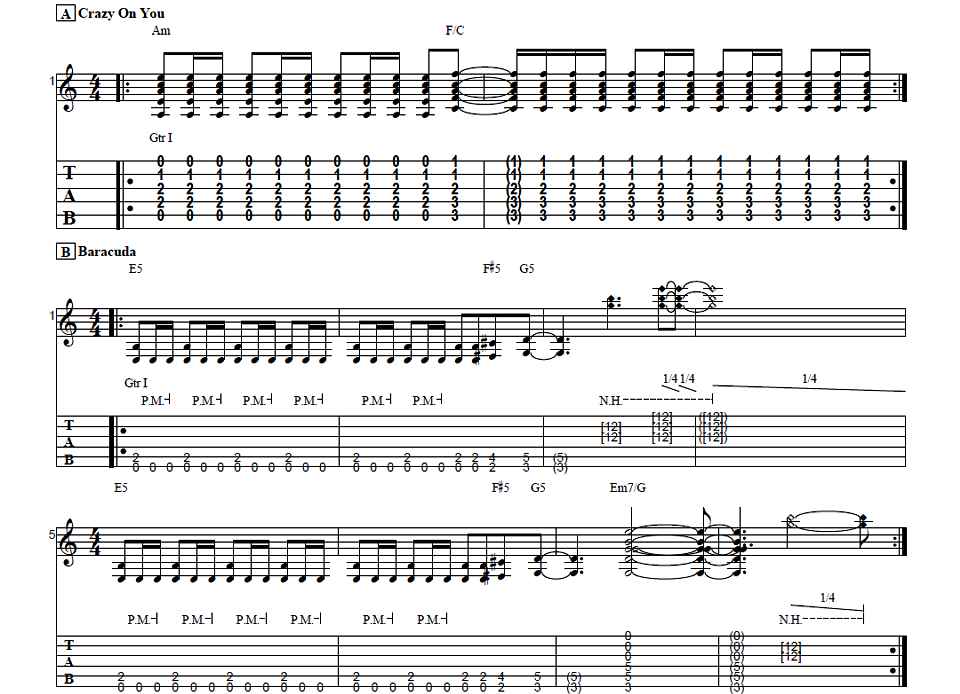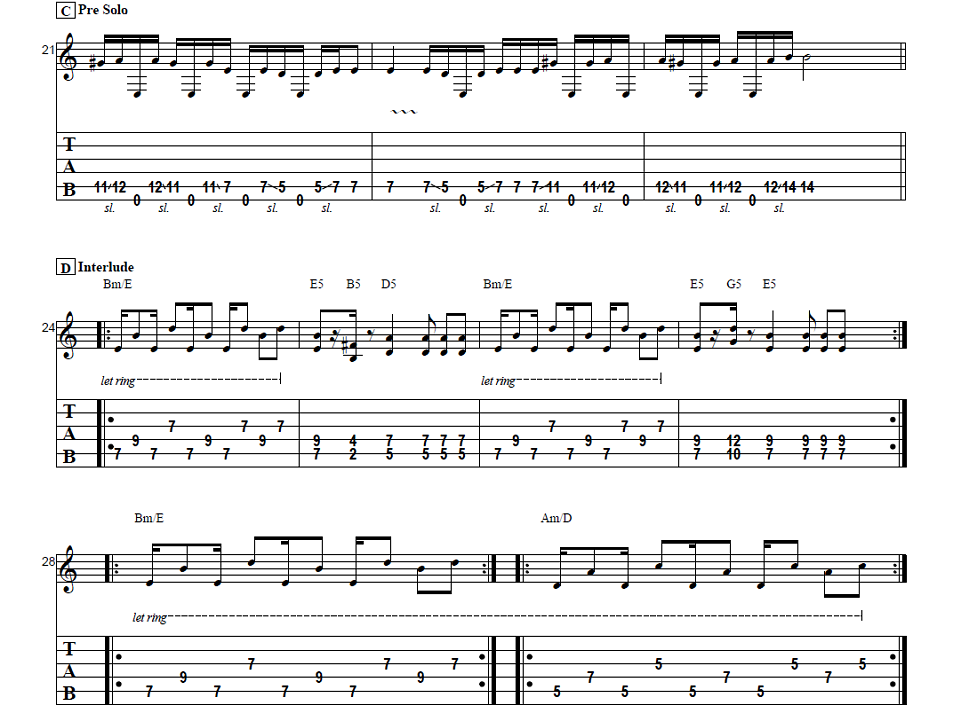Get killer chops by combining arpeggios with diatonic and pentatonic scales with Guitar Control instructor Darrin Goodman, aka Uncle D. In this lesson Uncle D demonstrates a killer lick that combines arpeggios with diatonic and pentatonic scales. Be sure to get the free tabs to go along with the video instruction and you will be shredding this killer lick that combines arpeggios and diatonic and pentatonic scales tonight!

Introduction
How’s it going everybody? This is Darrin with GuitarControl.com bringing this video lesson and today I’ve got a cool little lead guitar lesson for you that is going to show you how to combine arpeggios and diatonic scales with the pentatonic scales.
So right now, Guitar Control is giving away this really awesome daily practice routine to improve your lead guitar chops. This was put together by our very own Silvio Gazquez, a two-time Guitar Idle finalist. This routine covers the four main concepts that are necessary for lead guitar; alternate picking, legato, sweep picking and tapping. All the tabs and exercises are all included in this free ebook and there’s a link in the description where you can get yours.
So be sure to click on the link in the description for the tabs let’s get close up and take a look at this.
Combining Arpeggios & Scales
All right, so we’re doing this it’s in the key of E minor, but it’s movable, you can move it to whatever key because it doesn’t use any open strings. All right so we’re going to start off by ascending a C major arpeggio. So I’ve got my fourth finger here on the 15th fret of the A string and then I’m going to go to the 14th fret of the D string with my third finger then to the 12th fret of the G string with my first finger. So you’re going to want to do this with the sweep picking technique. So I’m just down, down, down, but as I’m ascending this you don’t want it to be like a bunch of downstrokes like that. When I play the A string I just let the pick come to a rest on the D string and then just continue that up the arpeggio… So after we get here we’ve just ended off here on the 12th fret of the G string with our first finger. So now we’re going to go to the 13th fret of the B string with our second finger to the 12th fret of the high E string with your first finger then hammer-on to the 14th fret and then to the 15th fret… so this is the arpeggio… Now we tap these two notes, or excuse me we hammer-on these two notes and then we’re going to come up and we’re going to tap here on the 20th fret of the high E string. So what we’ve done here is we’re playing right out of… this would be like the last three notes from the Mixolydian mode, a diatonic scale, and in this case that starts on D. So we tap, pull, pull, pull and then we’re going to go to the 15th fret of the B string with your fourth finger and we’re going to continue that Mixolydian diatonic sequence that we’re descending. So we’re going to go to the 15th fret of the B string and then we’re going to pick that and do a pull-off to the 13th fret and then we’re going to pull-off the 13th to the 12th fret so as you come down to that you want to put your other fingers down so that way they’re ready to do these pull-offs. So we can do that pull-off and then we’re going to go to the 14th fret of the G string with your third finger, back to the 13th fret of the B string and do a pull-off to the 12th fret. So when you’re descending this I just leave my first finger here on the B string so that way I can just be ready when I come back up. So back to the 13th fret of the B string, pull to 12… to the 14th fret on the G string and we’re going to pick that and pull to the 12th fret to the 14th fret of the D string. So what we’ve done now is we’re actually in E pentatonic minor scale pattern one back to the G string and 14th fret pull to the 12th fret to the 14th fret of the D string and then I’m going to go to the 14th fret of the G string. So I’m going to just roll my third finger up like this back down to 14 and then finally ending on the 12th fret of the G string. So with this we’ve got the arpeggio and the diatonic and pentatonic scale… So it’s just like a really good way that you can see where these patterns overlap each other. That’s really helpful with playing lead guitar, especially with improvisation, is if you can visualize where these things all overlay each other and then you can combine them together and come up with some really neat sounding things. So the whole thing again…
Conclusion
Alright, so there you have it, not too terribly difficult lick to play that combines arpeggios diatonic scales and the minor pentatonic scale. So if you like this lesson be sure to give me a thumbs up and leave a comment down below if you have any questions about this or other guitar later topics. If you haven’t already done so please subscribe to the channel and hit that notification bell so you don’t miss any of the content that we upload throughout the week. Well that is all I have for you today. Thanks for watching combining arpeggios with diatonic and pentatonic scales and have a great day.



